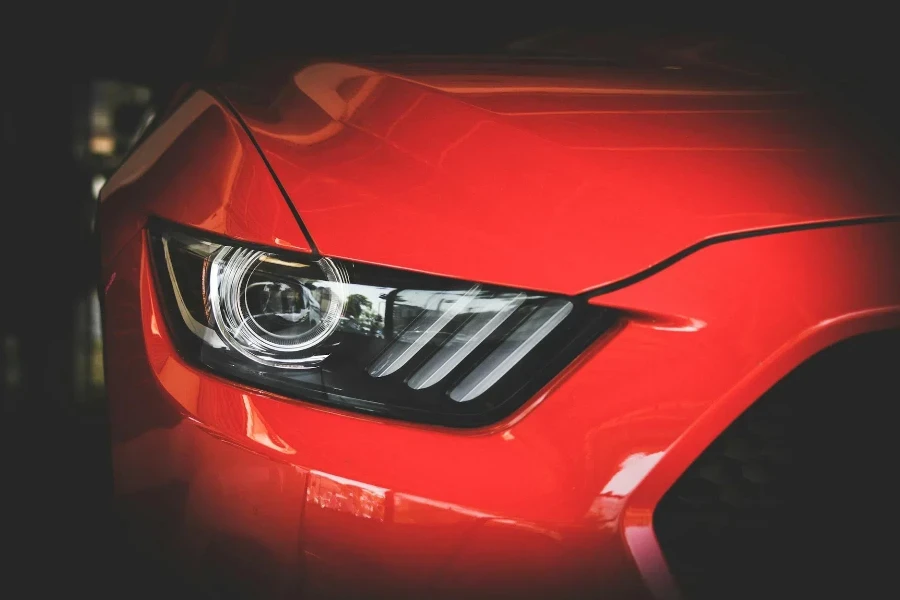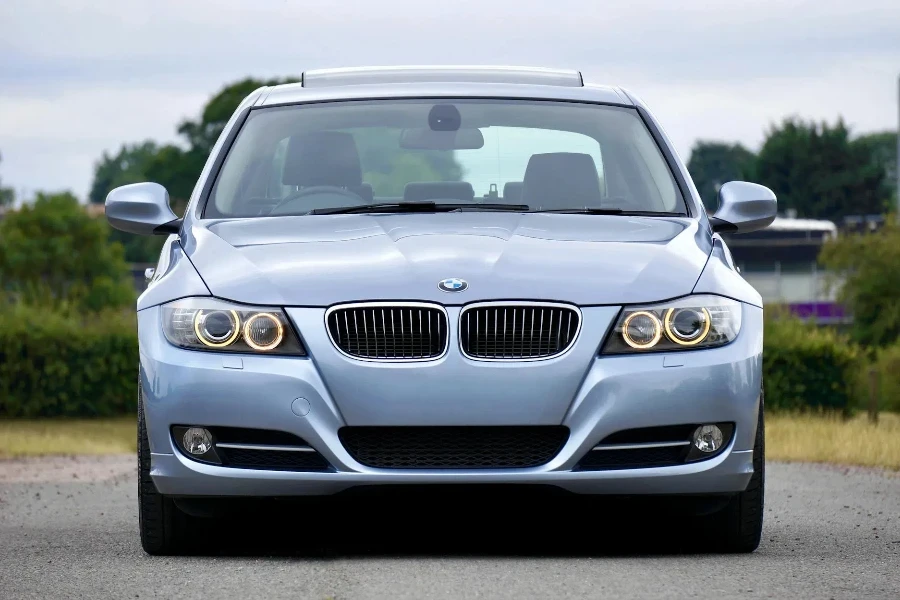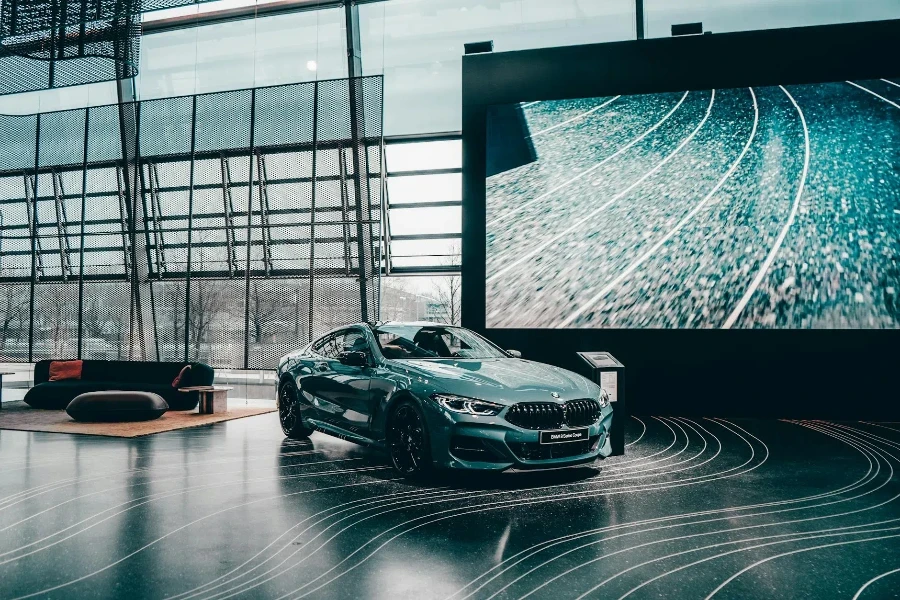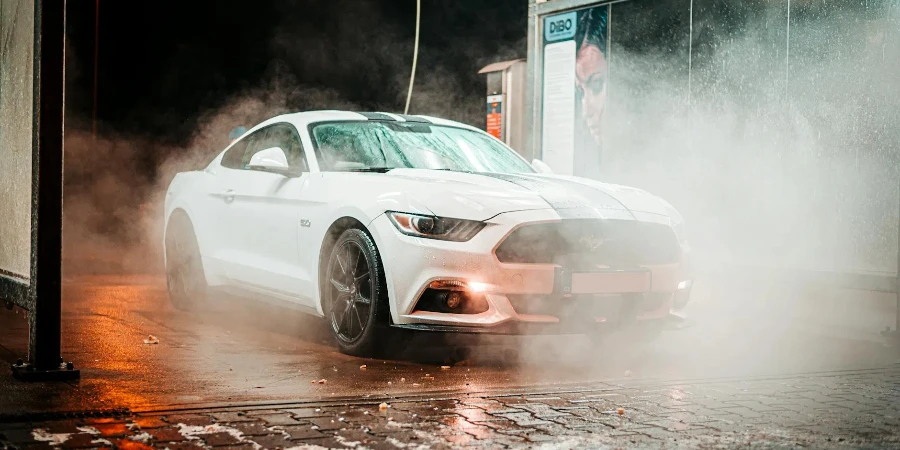Light bulbs are crucial components of every vehicle, ensuring safety and visibility on the road. From headlights to brake lights, understanding the nuances of these vital parts can enhance your driving experience. This article dives deep into the world of vehicle light bulbs, covering their types, functions, selection criteria, lifespan, replacement process, and cost considerations.
Table of Contents:
– What is a light bulb?
– What does a light bulb do?
– How to choose a light bulb
– How long do light bulbs last?
– How to replace a light bulb
– How much are light bulbs?
What is a light bulb?

A light bulb in the context of vehicle parts and accessories refers to a device that produces light from electricity. In vehicles, these bulbs are used in various applications, including headlights, taillights, turn signals, and interior lighting. They come in different types, such as halogen, LED (Light Emitting Diode), and HID (High-Intensity Discharge) bulbs, each with unique characteristics and benefits. Understanding the specific requirements and compatibility of your vehicle is crucial when selecting a light bulb.
What does a light bulb do?

The primary function of a light bulb in a vehicle is to improve visibility and signal intentions to other road users. Headlights illuminate the road ahead during night driving and low-visibility conditions, while taillights and brake lights indicate the vehicle’s presence and braking action to drivers behind. Turn signals and hazard lights communicate directional intentions, enhancing safety on the road. Interior lights provide illumination within the vehicle, aiding in visibility and convenience for the occupants.
How to choose a light bulb

Choosing the right light bulb for your vehicle involves considering several factors, including bulb type, brightness, color temperature, and compatibility. Halogen bulbs are common and cost-effective but have a shorter lifespan compared to LED and HID bulbs, which offer brighter and more energy-efficient lighting solutions. The color temperature, measured in Kelvins, affects the color of the light; higher temperatures produce cooler (bluer) light, while lower temperatures yield warmer (yellower) light. Ensuring the bulb fits your vehicle’s specific model and light fixture is essential for optimal performance.
How long do light bulbs last?

The lifespan of vehicle light bulbs varies significantly depending on the type and usage. Halogen bulbs, the most traditional type, typically last between 450 to 1,000 hours. LED bulbs, known for their longevity and efficiency, can last up to 25,000 hours or more. HID bulbs fall somewhere in between, with an average lifespan of about 2,000 to 3,000 hours. Regular checks and maintenance can help maximize the lifespan of your vehicle’s light bulbs.
How to replace a light bulb

Replacing a vehicle light bulb is a straightforward process that most car owners can undertake. The first step is to identify the correct bulb type and purchase a suitable replacement. Next, ensure the vehicle is turned off and the lights are cool to the touch. Access the bulb by removing the relevant cover or housing, then disconnect the power connector and remove the old bulb. Install the new bulb, being careful not to touch it with bare hands as oils can shorten its lifespan, reconnect the power, and replace the cover. Testing the new bulb to ensure it works correctly is the final step.
How much are light bulbs?

The cost of vehicle light bulbs varies widely based on the type, brand, and specific vehicle requirements. Halogen bulbs are generally the most affordable, ranging from $5 to $20 each. LED bulbs are pricier, with costs ranging from $20 to $100 or more per bulb, reflecting their longer lifespan and superior performance. HID bulbs also fall into the higher price range, typically costing between $20 and $100 each. When considering replacement, it’s essential to factor in the longevity and performance benefits of more expensive bulb types.
Conclusion:
Understanding the various aspects of vehicle light bulbs—from their types and functions to their replacement process and cost—can significantly enhance your driving experience. Choosing the right bulb not only ensures compliance with safety standards but also contributes to the overall performance and efficiency of your vehicle. With the right knowledge and care, you can keep your vehicle illuminated and safe on the road.




